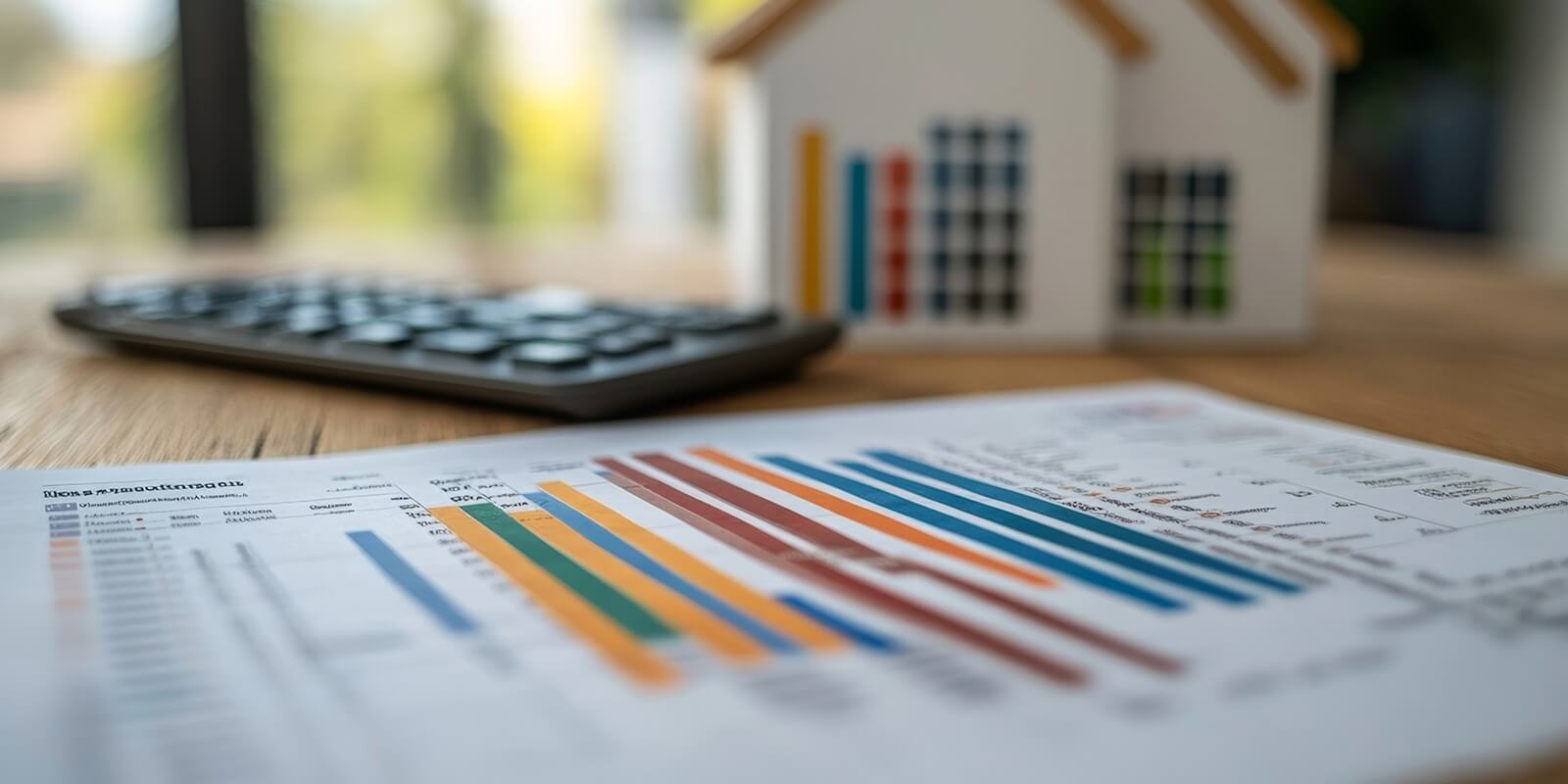SMECO (Southern Maryland Electric Cooperative) is one of Maryland’s leading energy providers, serving approximately 161,000 homes across the state. According to its mission, SMECO charges homes for the real-world cost of electricity without a markup. However, Maryland homeowners who notice fluctuations in their SMECO bills wonder where the increases are coming from.
This guide aims to help Maryland homeowners recognize the terms, charges, and fees on their monthly SMECO bills. Knowing how SMECO structures its billing allows homeowners to better manage their homes’ energy efficiency and lower their monthly electric bills.
What are the Sections of a SMECO Bill?

SMECO electric bills are separated into two pages. Page 1 is a summary of the monthly statement, and Page 2 is a breakdown of the individual charges. These pages contain a wide range of power measurements and trends. This data can be instrumental in helping homeowners recognize their current usage and track costs and savings over time, provided they know how to interpret it.
On Page 1, the bill lists the account information, including the name, account number, and total amount due for that month. The account summary below shows the amount due and lists previous and current balances and payments. In the left-hand column, a summary of energy usage for the last 13 months is presented as a bar graph, including an average usage per day in kWh for the current month.
Page 2 details the meter readings, charges, and adjustments. The Meter reading includes the energy used for this period and the dates of the readings. Under Current Charges & Adjustments, homeowners can view the breakdown of their residential electric services in three main parts: Standard Office Service or SOS, Distribution Service, and Regulatory, State, and Local Taxes.
On the right-hand side of Page 2, SMECO lists links to their webpages that can help with customer rights, energy savings, and energy efficiency tips. On the bottom of the page, payment options and details, including autopay, phone pay, online pay, in-person addresses, and mobile app information, are listed to help homeowners choose the payment option that works for them.
Comprehending Power Usage History
Most of the SMECO electric bill is self-explanatory. However, two sections warrant explanation in greater detail to help homeowners recognize the cause of their charges and potentially respond to them. The first of these is the power usage history for the last year, listed on the SMECO bill on Page 1 as “Usage Profile.”
The usage profile is significant in helping homeowners track and identify electricity rates over time. With the 13-month readout, homeowners can view per-month usage in kWh and identify their peak usage times. For most homeowners, these will be the summer and winter months, but it can vary based on individual habits.
The Usage Profile also lists an average use per day, which may not be directly helpful on a single bill. However, by tracking this number throughout many billing periods, homeowners can observe how their costs are trending and the success rate of their energy-saving solutions.
Comprehending Current Charges & Adjustments
The other significant part of the SMECO bill is the section on Page 2 titled “Current Charges & Adjustments.” This is the most significant information given to homeowners about their energy usage since it itemizes their monthly bill for each separate charge. By viewing and recognizing these charges, homeowners can track and adjust the source of any rate changes.
This section is broken down into three subsections:

- Standard Offer Services (SOS) refers to monthly charges for energy and power cost adjustments (PCA). These charges are fixed rates calculated per kWh monthly and adjusted to reflect changing energy prices. Since SMECO is a non-profit cooperative, unlike other energy providers, the SOS can decrease if energy prices permit. If the rate goes up or down more than 5% from the base energy rate for three consecutive months, SMECO must revise its base energy rate calculations to maintain transparency.
- Distribution Services are broken up into four sections. The Facilities Charge refers to billing, payment processing, and metering costs. Distribution Charges help SMECO recoup the costs of infrastructure. The Bill Stabilization Adjustment accounts for costs such as abnormal usage and weather changes and can be a cost or a credit. The EmPOWER Maryland Charge refers to the cost of remaining compliant with state-mandated energy-saving programs.
- Regulatory, State, and Local Taxes include a public service company tax applied to all customers, a state tax to help low-income homes maintain power, and an environmental surcharge set by the state.
SMECO does not determine all of these charges. The state fixes some, while others depend on the homeowner’s energy usage, peak grid times, or infrastructure costs. Recognizing the source of these charges is essential to strategically lowering monthly electricity bill costs for SMECO customers.
Partner With an Experienced Solar Energy Provider to Lower Monthly Electricity Bills
At Energy Select, our experienced team partners with homeowners in Maryland to help them recognize the charges on their SMECO electricity bill, itemize increases and decreases, and create strategies to lower their rates. Contact our team today to learn how solar installations, energy usage habits, smart appliances, and more can lower your monthly electricity costs.


